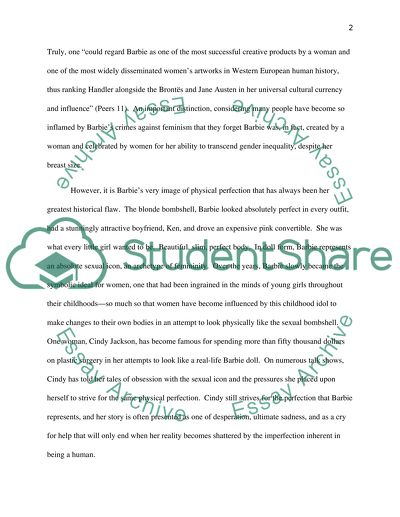Cite this document
(“Barbie as as Sexual Archetype Essay Example | Topics and Well Written Essays - 1500 words”, n.d.)
Retrieved from https://studentshare.org/journalism-communication/1446498-barbie-and-sexism
Retrieved from https://studentshare.org/journalism-communication/1446498-barbie-and-sexism
(Barbie As As Sexual Archetype Essay Example | Topics and Well Written Essays - 1500 Words)
https://studentshare.org/journalism-communication/1446498-barbie-and-sexism.
https://studentshare.org/journalism-communication/1446498-barbie-and-sexism.
“Barbie As As Sexual Archetype Essay Example | Topics and Well Written Essays - 1500 Words”, n.d. https://studentshare.org/journalism-communication/1446498-barbie-and-sexism.


